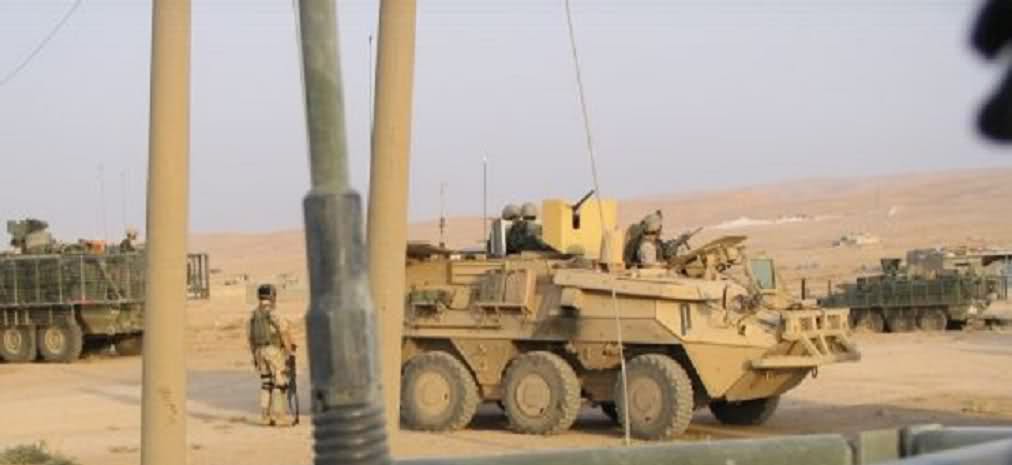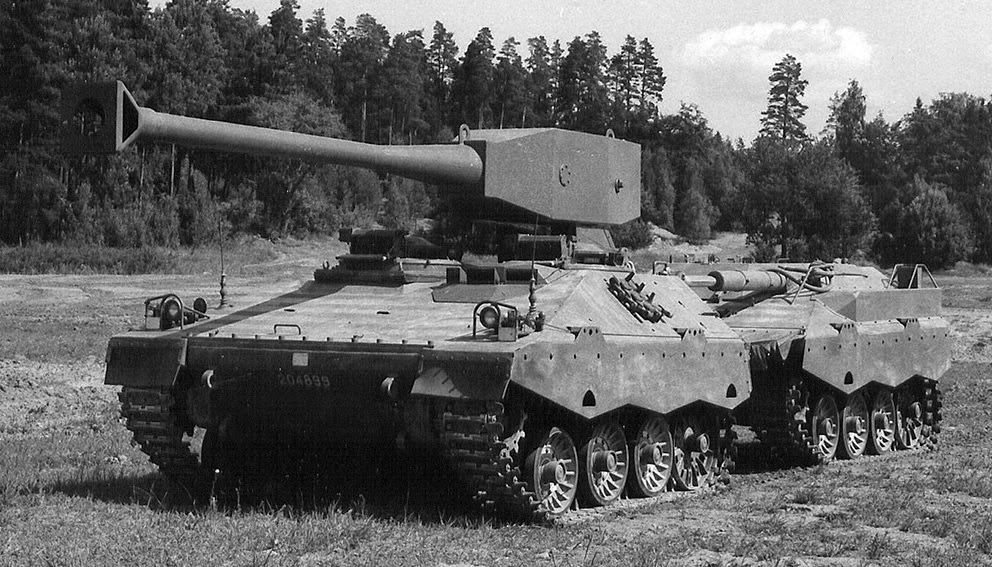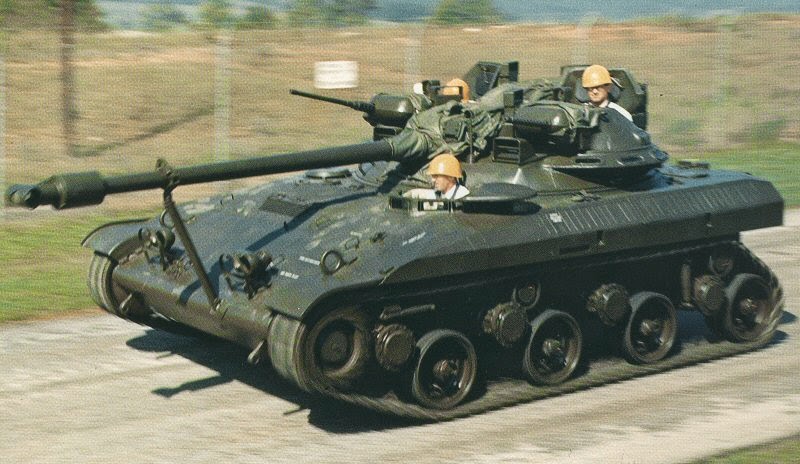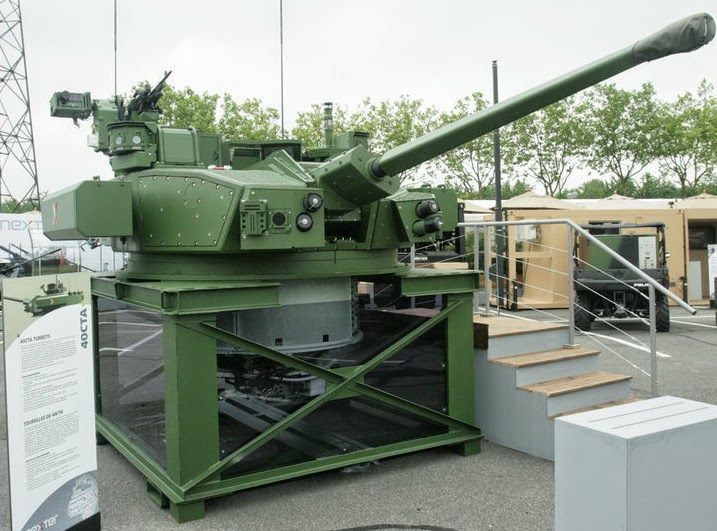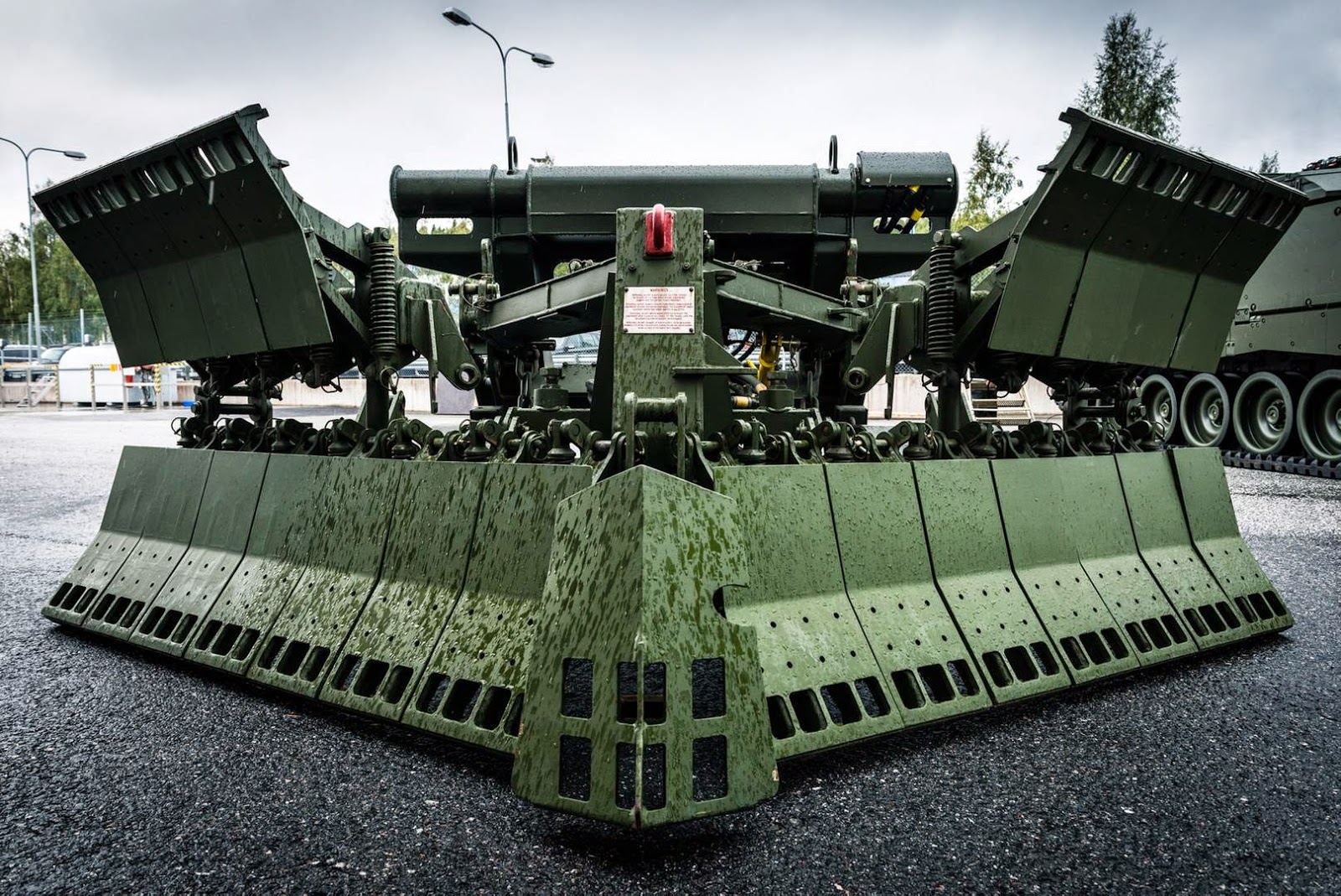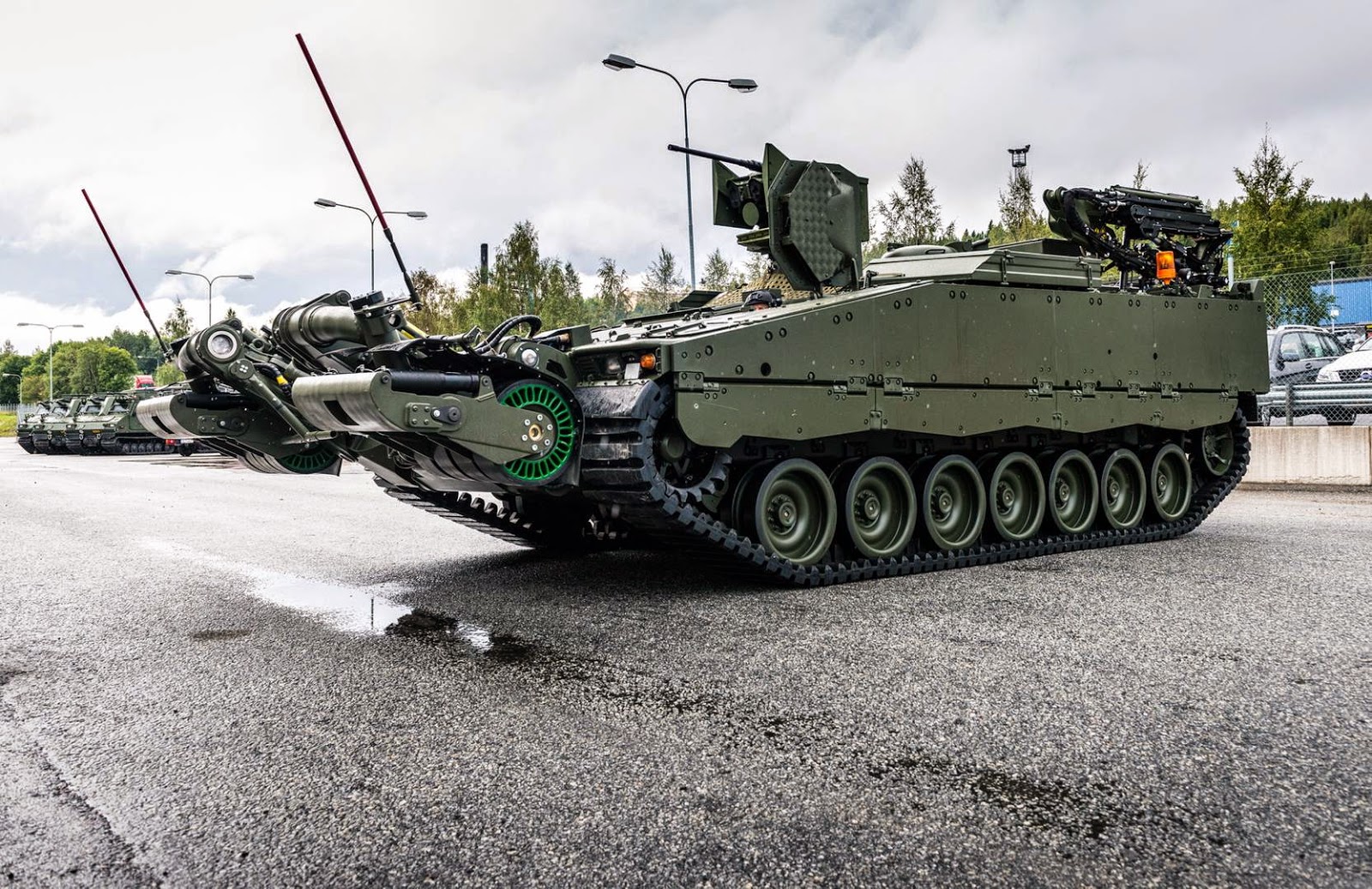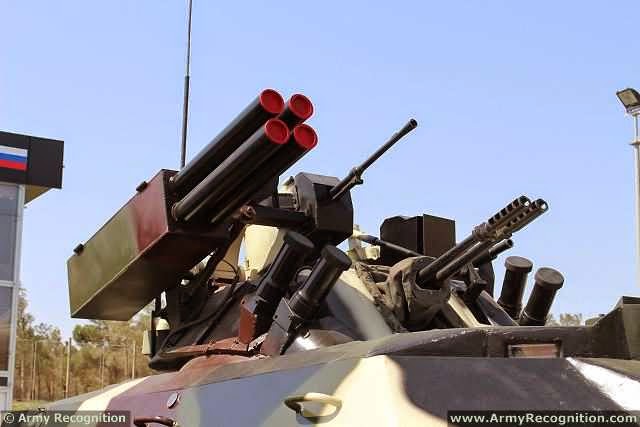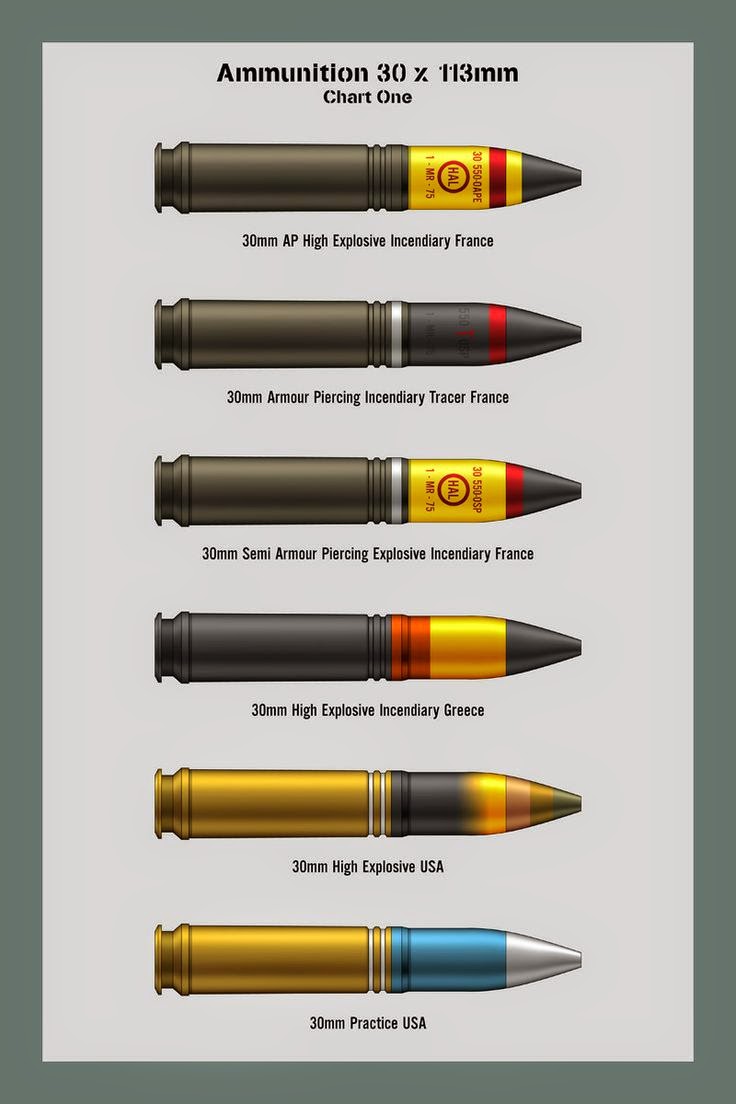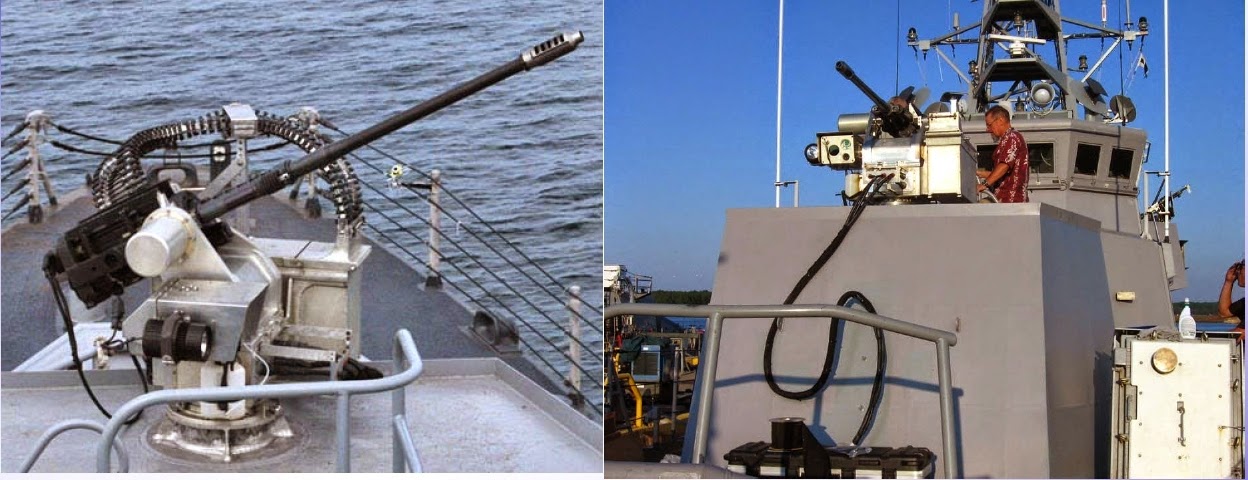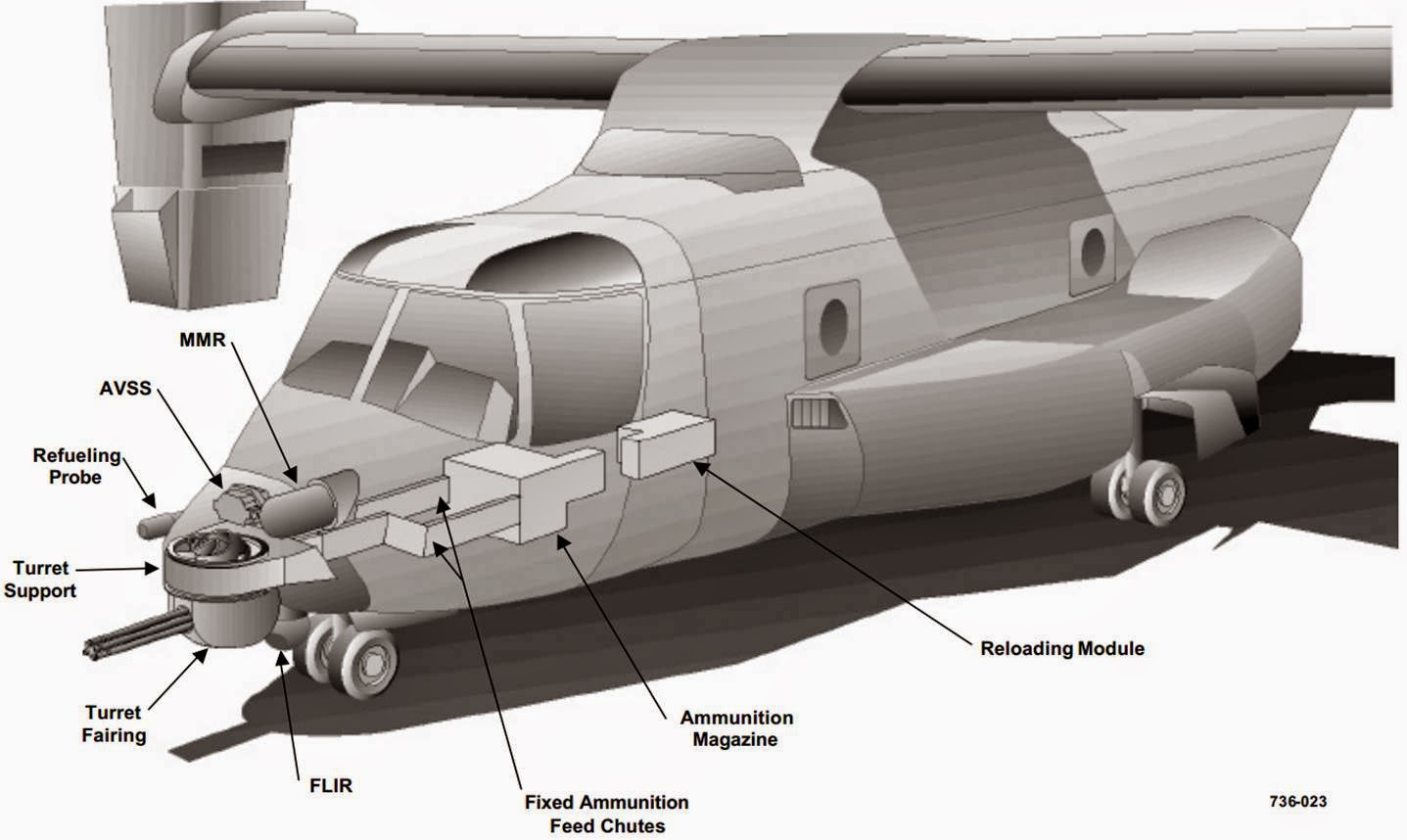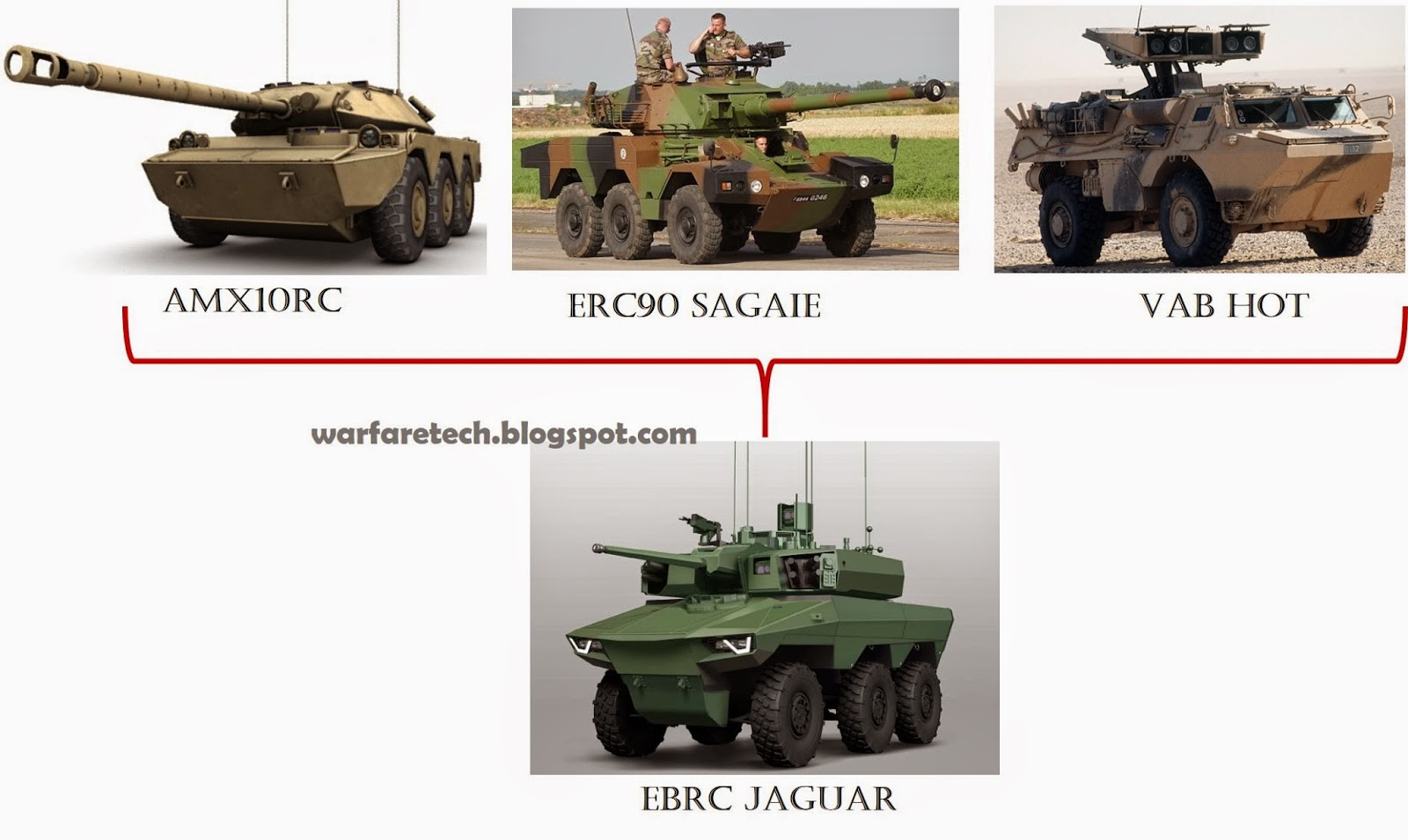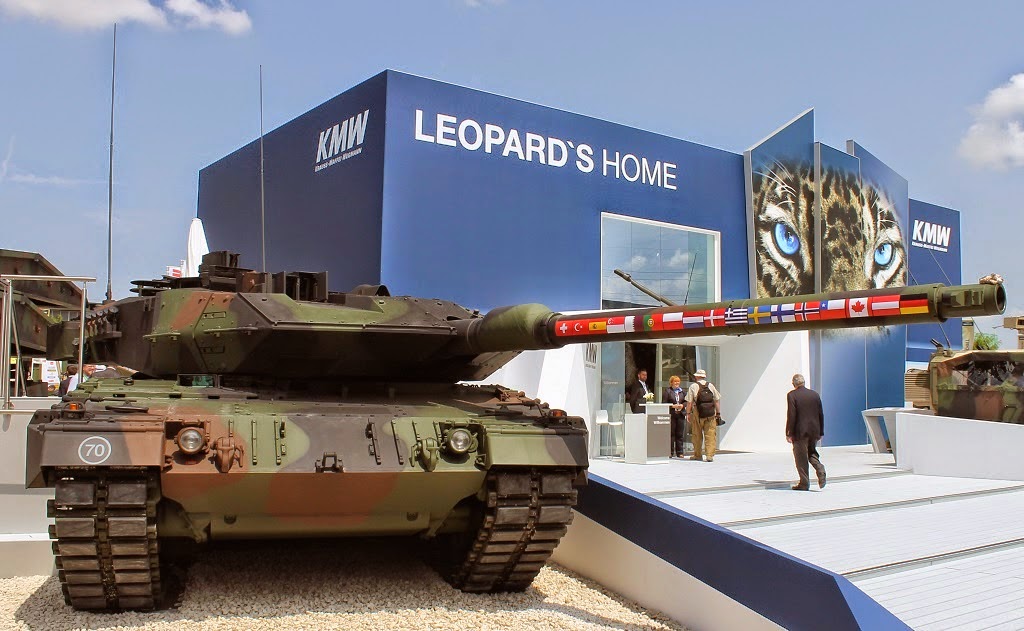Delta Force & 75th Rangers'
Multi-Wheeled Ride
Pandur 6x6
or
Armored Ground Mobility System
The Armored Ground Mobility System (AGMS) is a 6x6 armored personnel carrier in service with Delta Force and in limited use by the 75th Ranger Regiment.
In March 1999, following an international competition, AV Technology was awarded a contract by the US Army Tank Automotive and Armaments Command (TACOM) for the Armored Ground Mobility System (AGMS).
This is a Firm Fixed Price Indefinite Quantities contract and covered the supply of up to 50 vehicles, including the first batch for the Production Qualification Test (PQT), for delivery over a five-year period, with a value of US$51 million.
The AGMS is based on the Austrian Steyr-Daimler-Puch Spezialfahrzeug AG & Co KG Pandur (6 × 6) Armoured Personnel Carrier (APC) which has been manufactured by the company for the Kuwait National Guard
Production of these AGMS vehicles was undertaken at the new AV Technology facility at Shelby Township, Michigan, with the assistance of General Dynamics Land Systems and Steyr-Daimler-Puch Spezialfahrzeug AG & Co KG. First vehicles were delivered to the US Army in March 2000. Recent information has revealed that the US Army will not procure the full batch of 50 vehicles and production has now ceased. It is believed that the first batch consisted of 10 vehicles.
AGMS can transport up to 7 troops plus its commander and driver. Features of the Delta Force AGMS include:
- Shielded weapons mount on the roof for .50 M2 machine gun or 40mm grenade launcher
- 6-cylinder, 6.6 liter engine
- Shielded driver's compartment
- Custom up-armor kit
- Electronic anti-IED countermeasures
- Provisions for secure radio communications
- Range of 404 miles
From Operational Detachment Delta Promotional Video
The 75th Ranger Regiment has also employed light armor, including limited use of the Pandur AGMS in addition to a number of M1126 Stryker ICVs that the regiment acquired for use in Afghanistan.
Sources:
- www.americanspecialops.com
- www.army-guide.com


